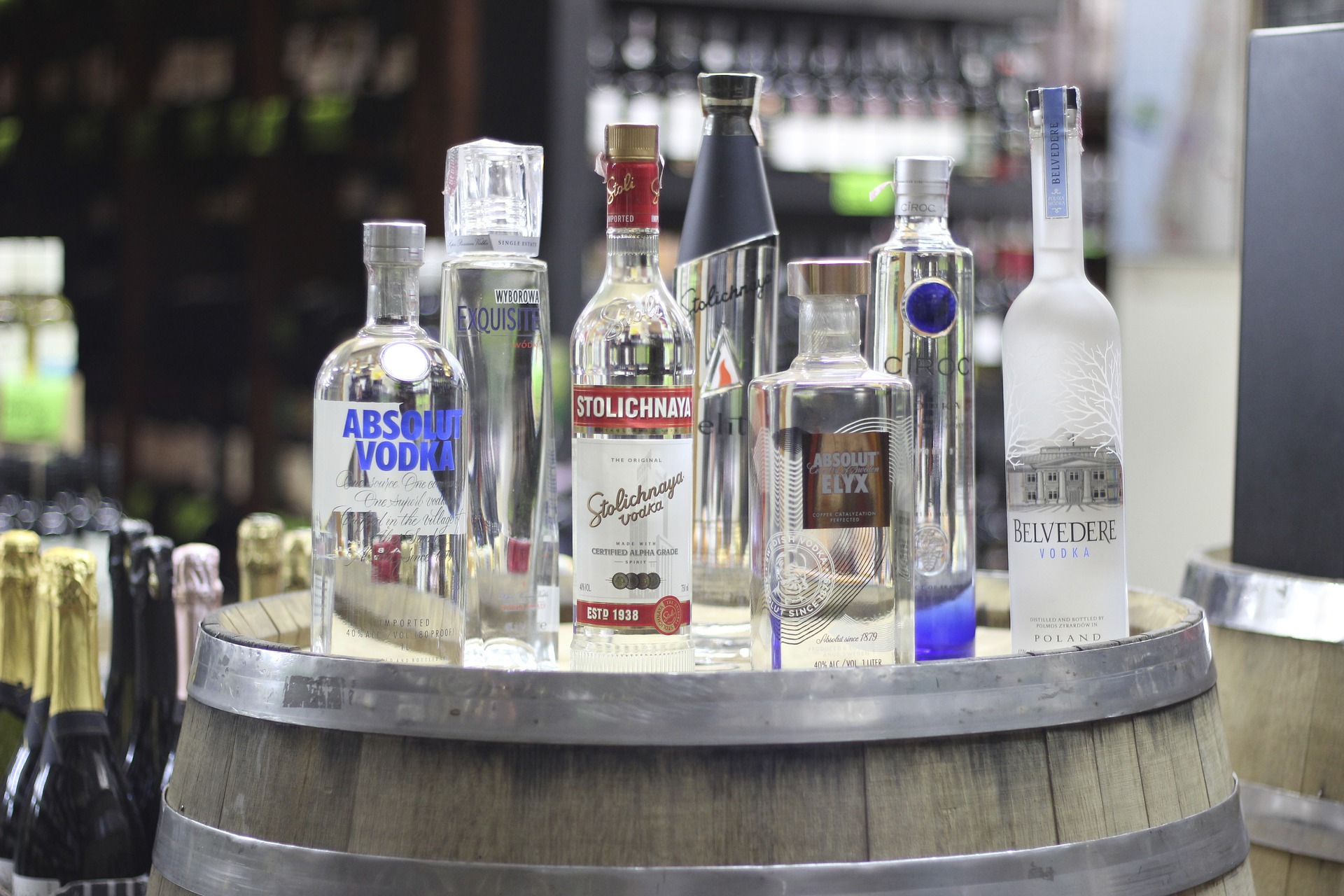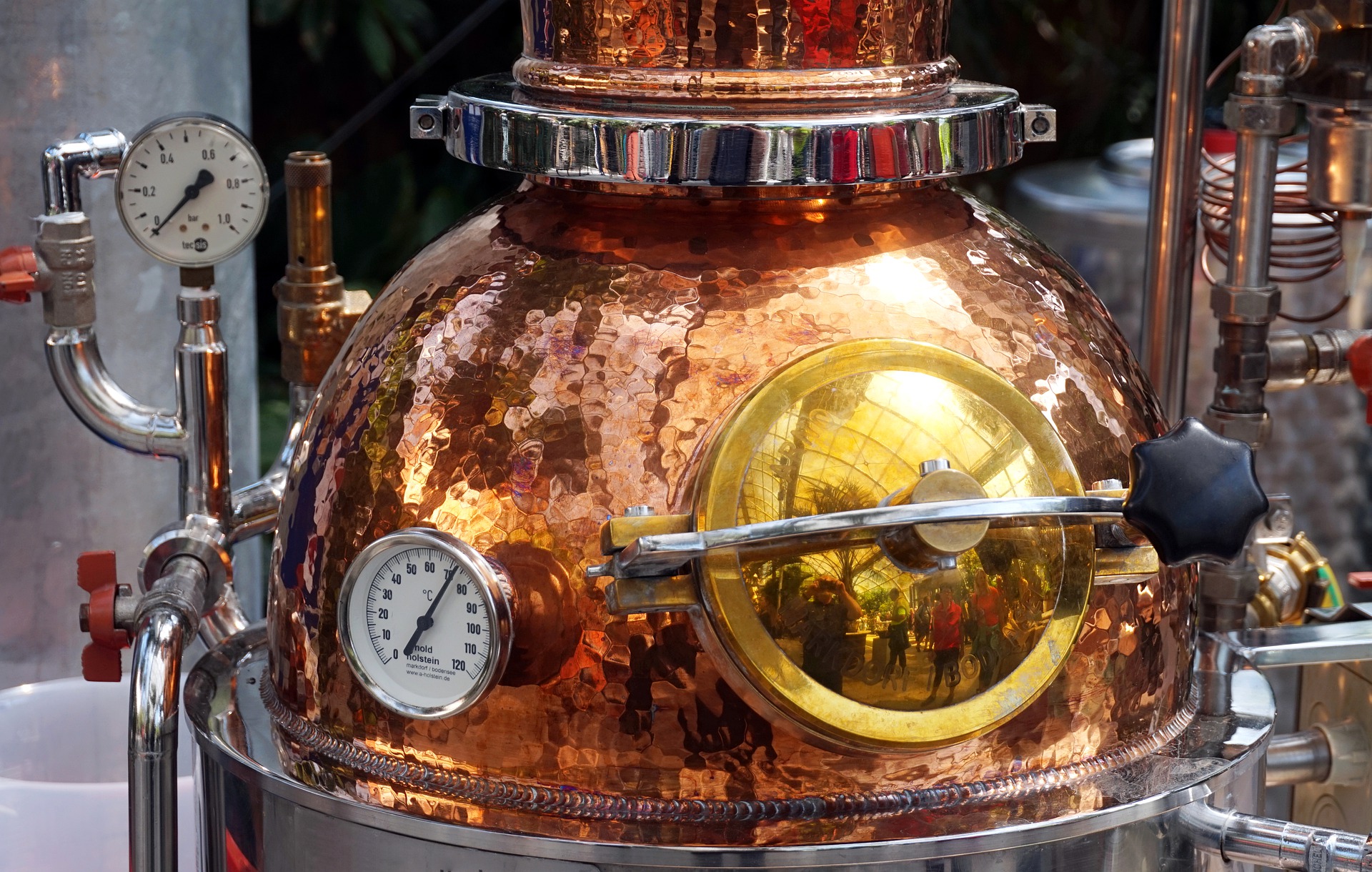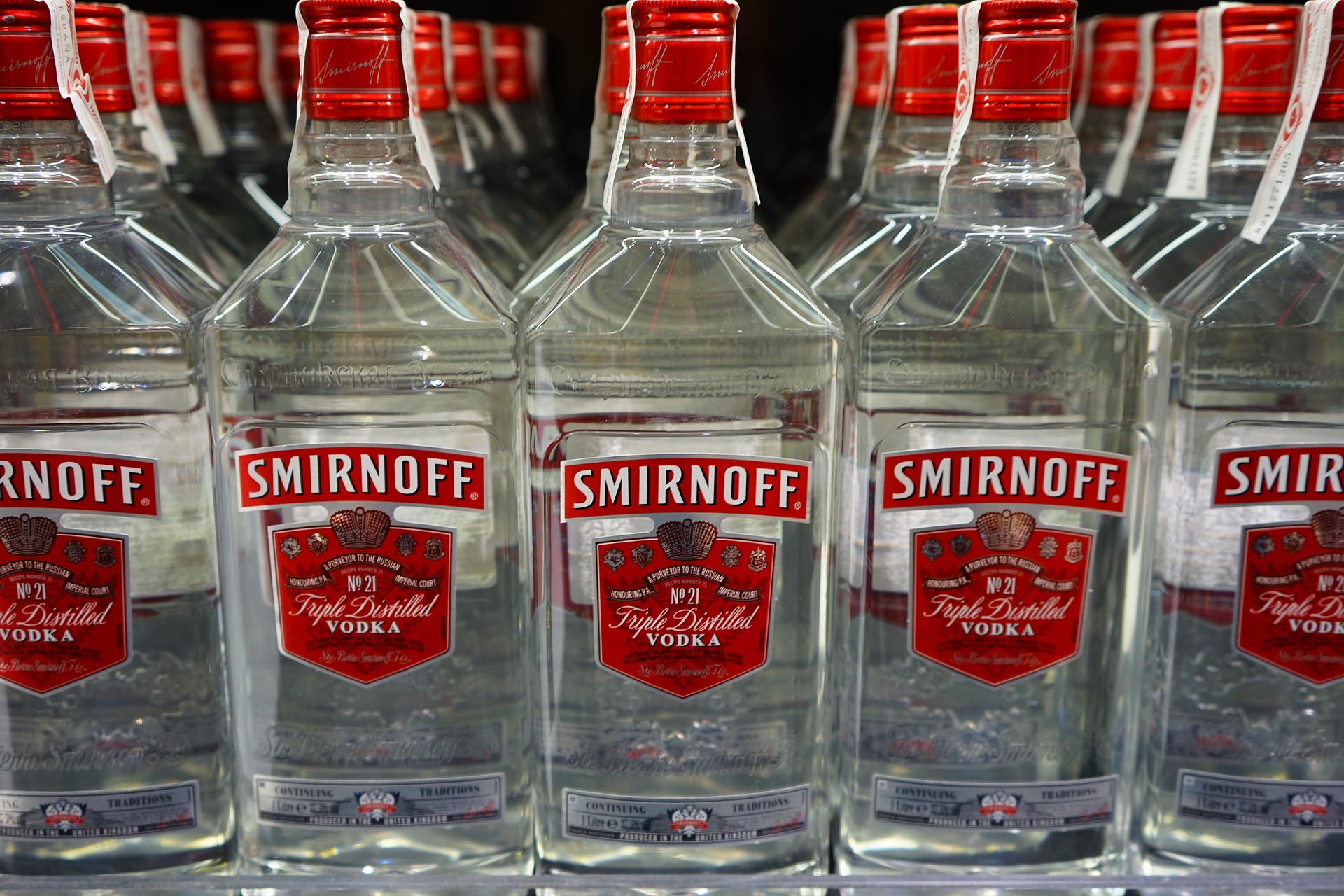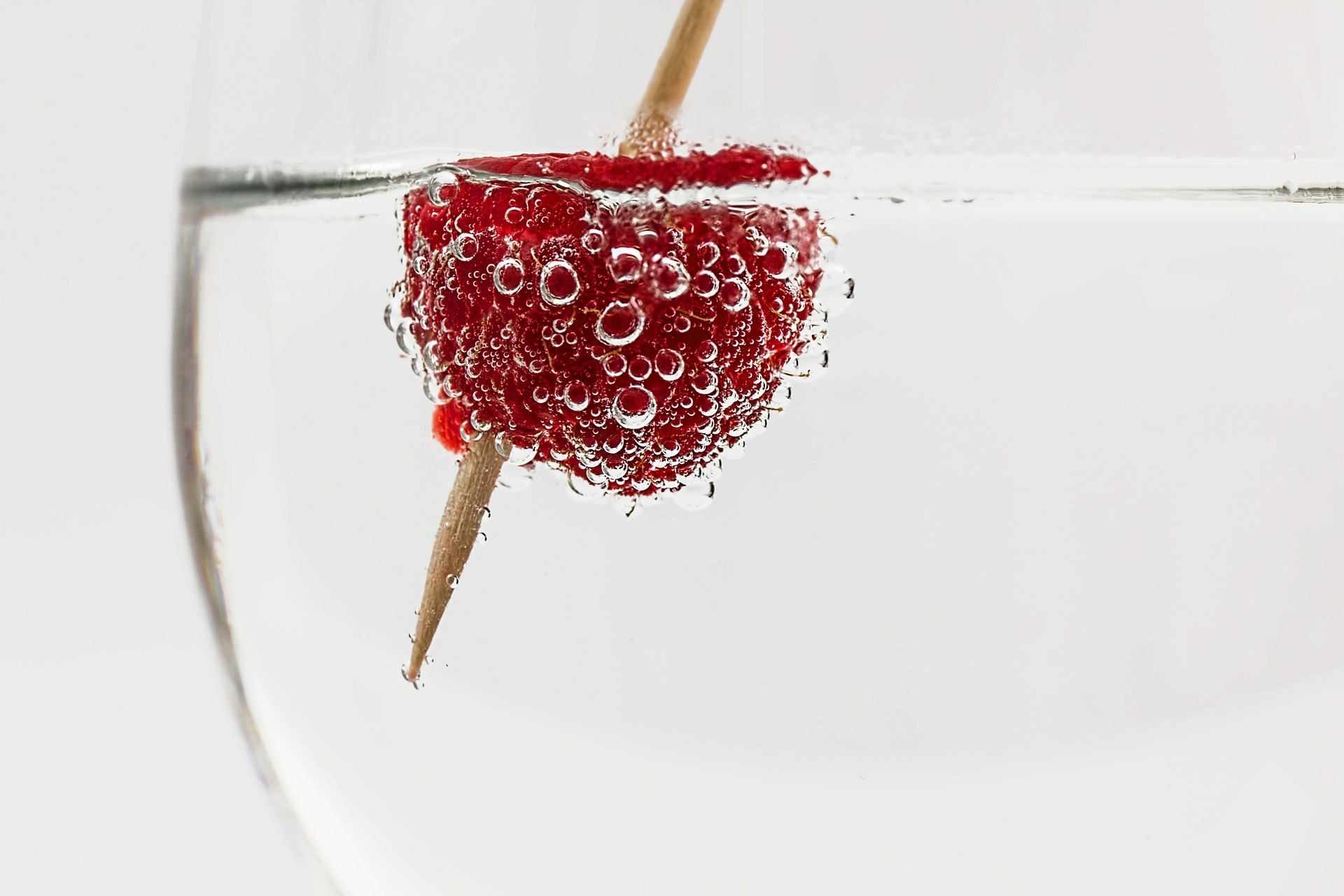Cheap & Expensive Vodka— Any Difference?
Or is it all in the marketing?


Vodka is a nearly pure mixture of ethanol and water that’s specifically made to have no characteristic taste or aroma.
I’m not joking. According to the legal definition of vodka from the Code of Federal Regulations:
“Vodka” is a neutral spirit so distilled, or so treated after distillation with charcoal or other materials, as to be without distinctive character, aroma, taste, or color.
So, for a drink that’s produced to attain no unique attributes, why would a $200 bottle of vodka be any different than the $20 plastic bottle on the bottom shelf? It’s unaged, neutral, and highly purified, And its flavor is well the flavor of ethanol (alcohol).
This needed investigation. My budget savvy mind couldn’t fathom the possibility of throwing cash at vodka that wasn’t even higher quality than the bargain product.
So, let’s start from the beginning.
How’s vodka produced?


Vodka is typically made from potatoes or various grains like wheat or rye. The raw agricultural crops are added to a cooker to be liquified into what’s known as the wort.
The yeast is then added to the liquid wort. These tiny organisms eat up the sugars and produce ethanol. This is known as the fermentation step.
Once the yeast have done their work to increase the alcohol concentration in the liquid, it’s passed through 2–5 distillation steps. Distillation is a simple separation technique that slowly heats the liquid to separate compounds out via their boiling point.
For example, we know that an ethanol-water mixture has a boiling point of 78°C, this is the fraction of the liquid that’s kept and made into the final product. Anything that boils below or above this temperature is discarded. That’s because this part of the liquid contains the flavor, aroma, and other undesirable compounds that could give the vodka a distinct character.
Typically, distillation produces a liquid that is a minimum of 96% alcohol by volume (ABV). A 100% ABV is incredibly hard to reach no matter how much distillation is done.
The spirit is then passed through charcoal or activated carbon filters for up to eight hours leading to its soft taste. Activated carbon is the same material found in Brita filters. The filtration step absorbs any impurities that distillation couldn’t remove.
The final product is a mixture of the liquid obtained after filtration, which is then diluted with demineralized, deaerated, sterile water until the target alcohol content is reached, typically ~40%. A minimum of 37.5% ABV is required.
Now that we know how vodka is made, where could a manufacturer skimp on quality during this process? And what could possibly distinguish one vodka brand from another?
Are there differences due to raw ingredients?
My first instinct was to investigate whether various raw materials, like whether a vodka uses potatoes or grains, could impact the overall quality. Afterall, one of vodka’s most popular brands, Grey Goose, boasts how their vodka is only made from soft winter wheat grown in a region of France called Picardy.


Despite much anecdotal evidence from vodka drinkers, I only found one scientific assessment of vodkas produced from different raw materials. They found that the spirit which originated from rye had more contaminants than other cereal grains.
The problem is, this study only did one distillation step and never filtered the spirit, so it’s not exactly comparable to most manufactured vodkas. This means there’s not a lot of room for flavor and aroma compounds. And ethanol is ethanol no matter if it’s from a potato or wheat.
Another factor to keep in mind is that the scientists used highly sensitive lab equipment to test for contaminants like flavor and aromas. That doesn’t directly translate to our taste buds being able to perceive these compounds. A certain threshold or concentration of these molecules must be met for our brain to sense different tastes and smells.
Although there was some initial evidence that different raw materials might lend distinct flavor molecules to vodka, I couldn’t find enough scientific evidence to convince myself.
And as we’ll see in the next section, vodka is highly purified during processing to keep exactly these contaminants out of the final product.
I needed to keep looking.
Could there be differences in processing?


The initial thing that stuck out to me here, is that the number of distillation steps used to make vodka can vary between distillers. Remember, most manufacturers use between two, and as many as five distillation steps, or what they refer to as “columns.”
Since distillation is primarily responsible for removing any flavor, aroma, or other unwanted compounds, this seems like it could be a big differentiator when it comes to quality. Afterall, time is money, and more distillation steps would mean longer production times and greater energy needed to make the same amount of vodka (even if it does create a cleaner spirit).
It turns out, many companies use two total columns where the first is called the “wash column” which separates the alcohol from the rest of the liquid. The second column is known as the “rectifier,” which concentrates the alcohol.
But, say a company wanted to further purify their vodka with more than two distillation steps, typically these are placed between the wash column and rectifier. The middle columns are then referred to as “purifiers.”
To me, it seems logical that more distillation steps would lead to a purer vodka with less contaminants.
In fact, one study found that more expensive vodkas contained lesser amounts of carbonyl compounds. These types of molecules are known to lend a bad taste and smell to alcoholic products. Another research group processed brandies and saw that using a two-step distillation, instead of a single step, led to lower amounts of flavor and aromatic compounds left in the liquor.
What seems to throw a wrench into this hypothesis is that Grey Goose brags about distilling their vodka just once. The company claims they never even let the impurities in, which is interesting considering wheat is a raw agricultural good grown in outdoor fields full of animals, microorganisms, and other pests. But, that’s marketing for you.
Overall, I do believe there’s evidence that more distillation steps would result in higher quality vodka. Since this would cost more money to produce, a higher price point seems necessary.
But, perhaps the most interesting case I found for differentiating vodkas wasn’t related to flavor, aroma, or price.
What if it’s not taste, but mouthfeel?


One research group proposes the importance of structure and that we might enjoy the mouthfeel of certain vodkas over others.
These scientists studied vodka on a molecular level to understand how water molecules and ethanol interact.
They reported that certain vodkas had a higher amount of water clusters, which was hypothesized to result in a watery mouthfeel when imbibed. High structured vodkas on the other hand, had more clusters where one ethanol molecule was surrounded by a cage of water molecules or the presence of ethanol-only clusters.
The researchers theorized that these more structured vodkas would interact differently with our palate and result in a distinct mouthfeel. This supports an argument that our preference for a certain vodka isn’t based on flavor or quality, but rather how the liquid interacts with our tongue, taste buds, and mouth.
Although I couldn’t pinpoint one, single answer, it seems that any slight variation in raw ingredients or processing, could potentially lead to tiny, but unique changes to vodka. Various flavor and aroma compounds are supposed to be eliminated during distillation and filtering, but studies have shown that small differences in composition can still occur. Another possibility is that we prefer either high or low structured vodka based on mouthfeel.
But when it comes down to it, drink whichever vodka you enjoy. If you like the bottom shelf, cheap stuff, don’t feel embarrassed, you might be getting significantly more value than those who reach for a bottle on the higher shelf. Afterall, all vodka regardless of the price supposedly has no distinct character, aroma, taste, or color.

